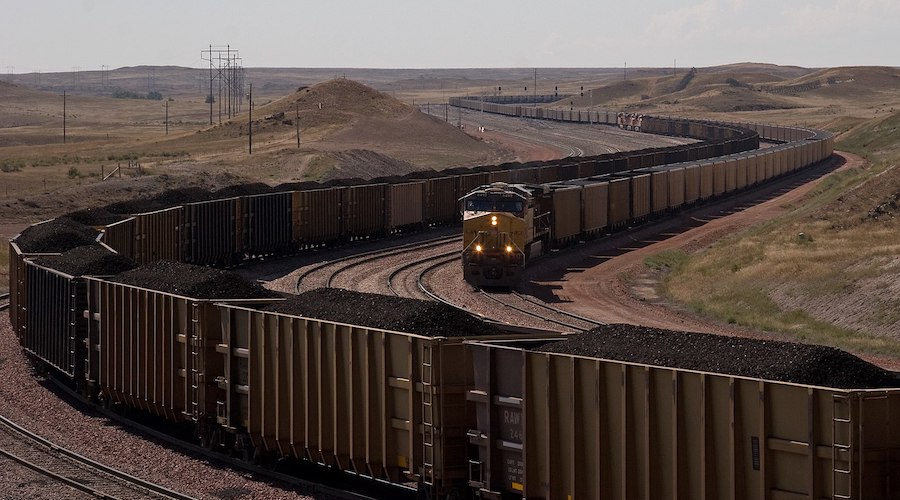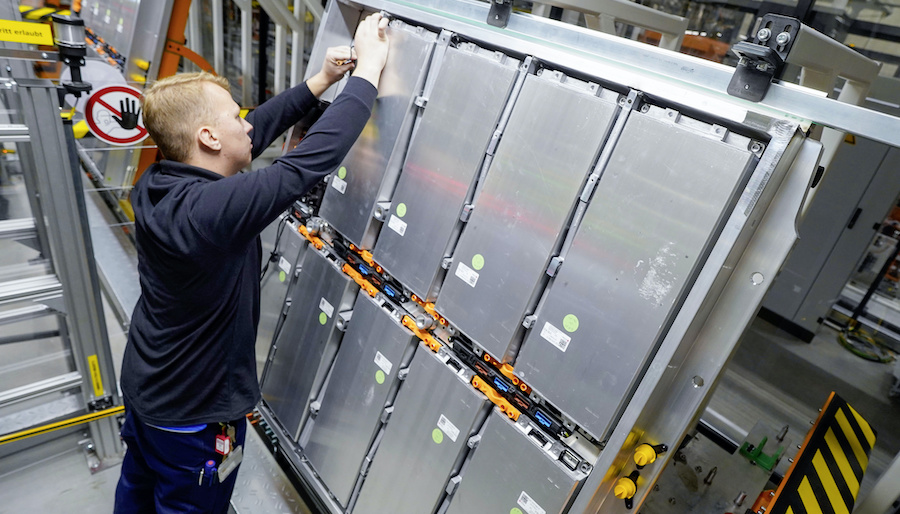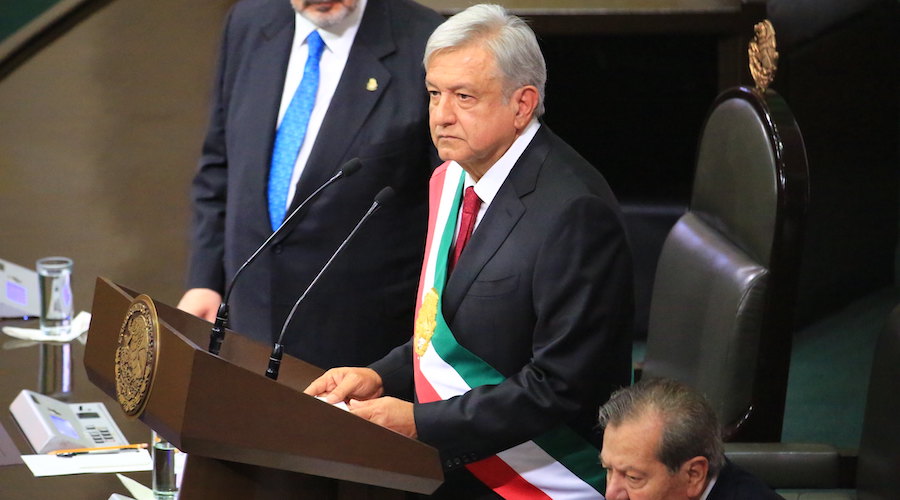New coal-to-product project aims to produce asphalt, building materials
Staff Writer | August 24, 2022 |

Coal trains in Wyoming. (Image by KimonBerlin, Wikimedia Commons).
The Center for Carbon Capture and Conversion at the University of Wyoming announced a partnership with Wood and Atlas Carbon, LLC to launch a coal-to-product demonstration facility at the Fort Union Industrial Park near Gillette.
The goal of the project is to decompose Wyoming coal, yielding beneficial liquids and solids used to create valuable non-energy products, such as building and construction materials, asphalt products and agricultural soil amendments.
Phase I of the project involves site preparations at Fort Union, making the process demonstration ready.

Phase II entails the installation of the flash pyrolysis process plant, which rapidly subjects coal to extremely high temperatures for very short periods of time.
The byproduct of the pyrolysis process yields coal char. Construction for this phase of the project is anticipated to start in 2023 and will be completed in 2024.
Phase III, on the other hand, involves the setting up of the solvent extraction portion of the process, which yields a high-value coal extract that can be used in the production of asphalts and polymers.
Although this phase will only be realized if additional funding is directed towards the project, it is considered the part of the system that allows to fully integrate the technology.
In a press release, the university pointed out that this recent coal byproduct development project is among several in the US’ top coal-producing region exploring new options to address the entire life cycle of carbon – including the Wyoming Integrated Test Center (ITC), the Wyoming Innovation Center (WyIC) and the University of Wyoming School of Energy Resources’ CarbonSAFE project.









